Rob’s been in touch with a very helpful video on his N scale curve radius.
Have a look at how much time and effort he’s spent on getting his curves just right. It’s clever stuff too:
“Hi Al,
When I sold my n scale layout, I retained a very considerable collection of cars and engines.
I let my California Zephyr cars and my Kato EMD E5 engine go with the layout, but I retained other Burlington (CB&Q) cars and engines.
All this has been sitting in drawers since the CONW was sold. I have had no way to run this stock. I decided I wanted a small compact layout so that I was able to run my n scale trains on it occasionally.
I got to work on the program AnyRail and created a simple compact layout for running with some sidings that I can add in the future when I feel like it. I will include a graphic of this layout.
About a week ago, I started putting the benchwork together for the running layout and recently completed the benchwork on which to lay the track.
The next challenge was to transfer, full scale, the track plan to the boards. That is what I demonstrate in this video. Before I could do this layout work, however, I realized I needed to know exactly how far apart I need to keep the curves.
This is important so that two trains running on adjacent tracks will not rub or touch each other.
In the first part of the video, I determine this spacing and then go on to draw the entire track plan on the boards as a guide for laying the actual track. Track laying and roadbed setup will come in a subsequent video.
Rob – Farland Howe”
You can see more of Rob’s layouts in the Hall of Fame.
And here is his previous post too.
Now on to Henry:
“Hello Alastair
As is my custom, here is my annual layout update video, and I can hardly believe that my current layout is already 6 years old.
I will also enclose a few photographs, as I have recently invested in a 3D printer and have been printing small detail parts for my layout.
Henry”
A big thanks to Rob and Henry.
That’s all for today folks.
Please do keep ’em coming.
And if today is the day you get stop dreaming and start doing, the Beginner’s Guide is here.
Best
Al
PS Latest ebay cheat sheet is here.

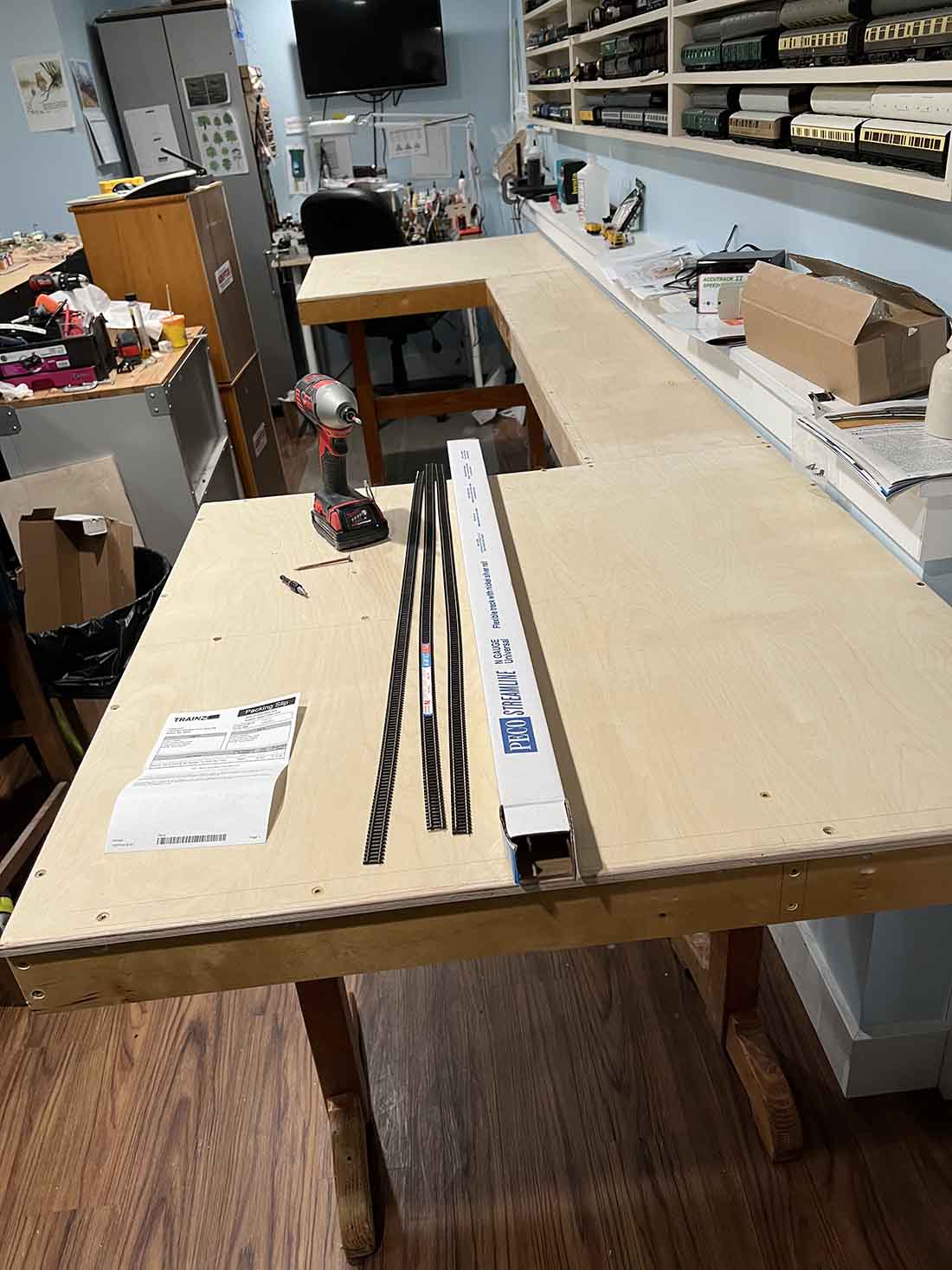
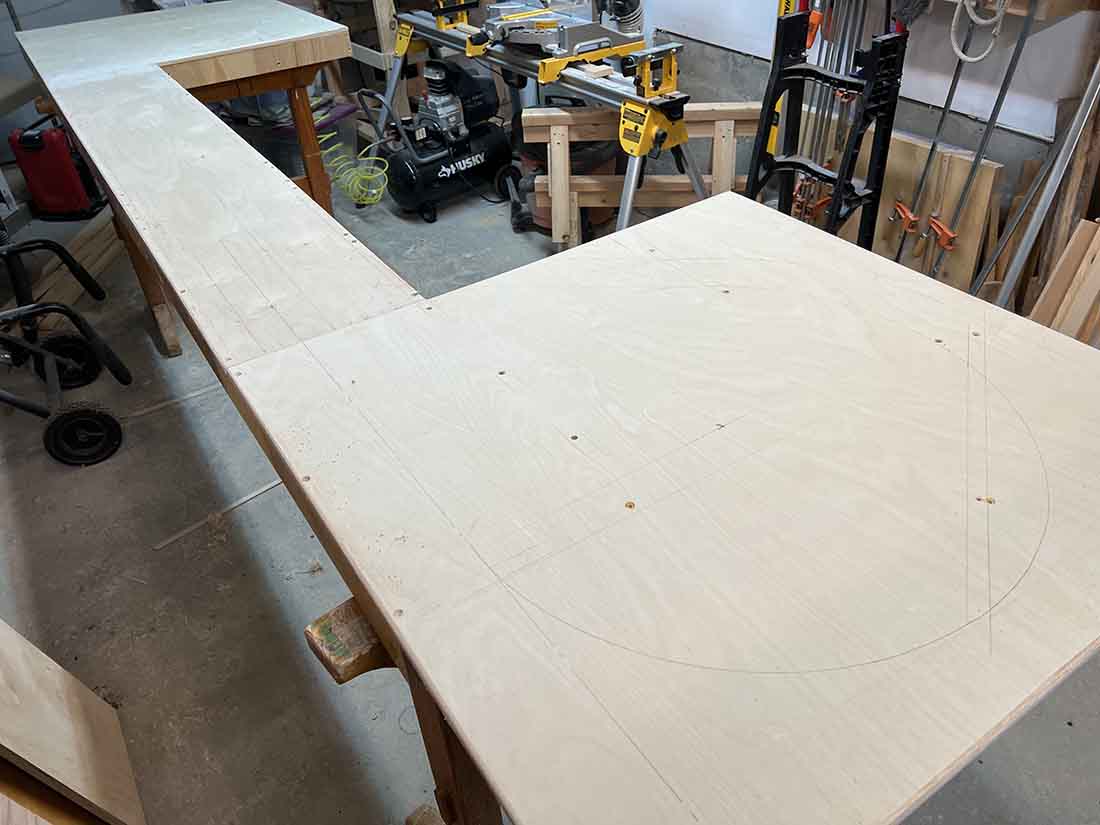
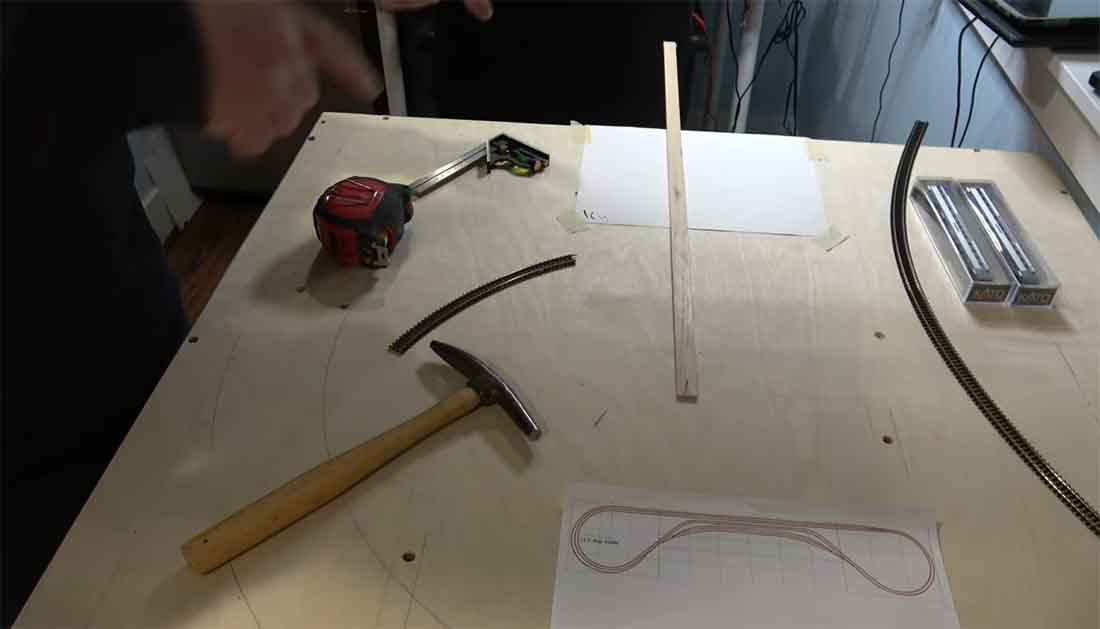
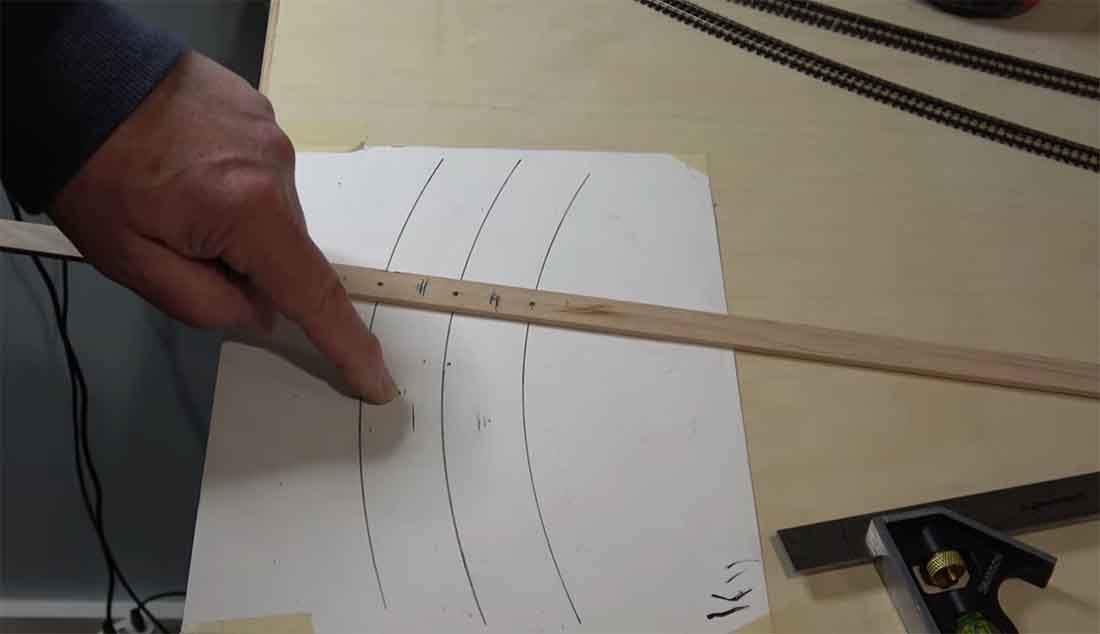
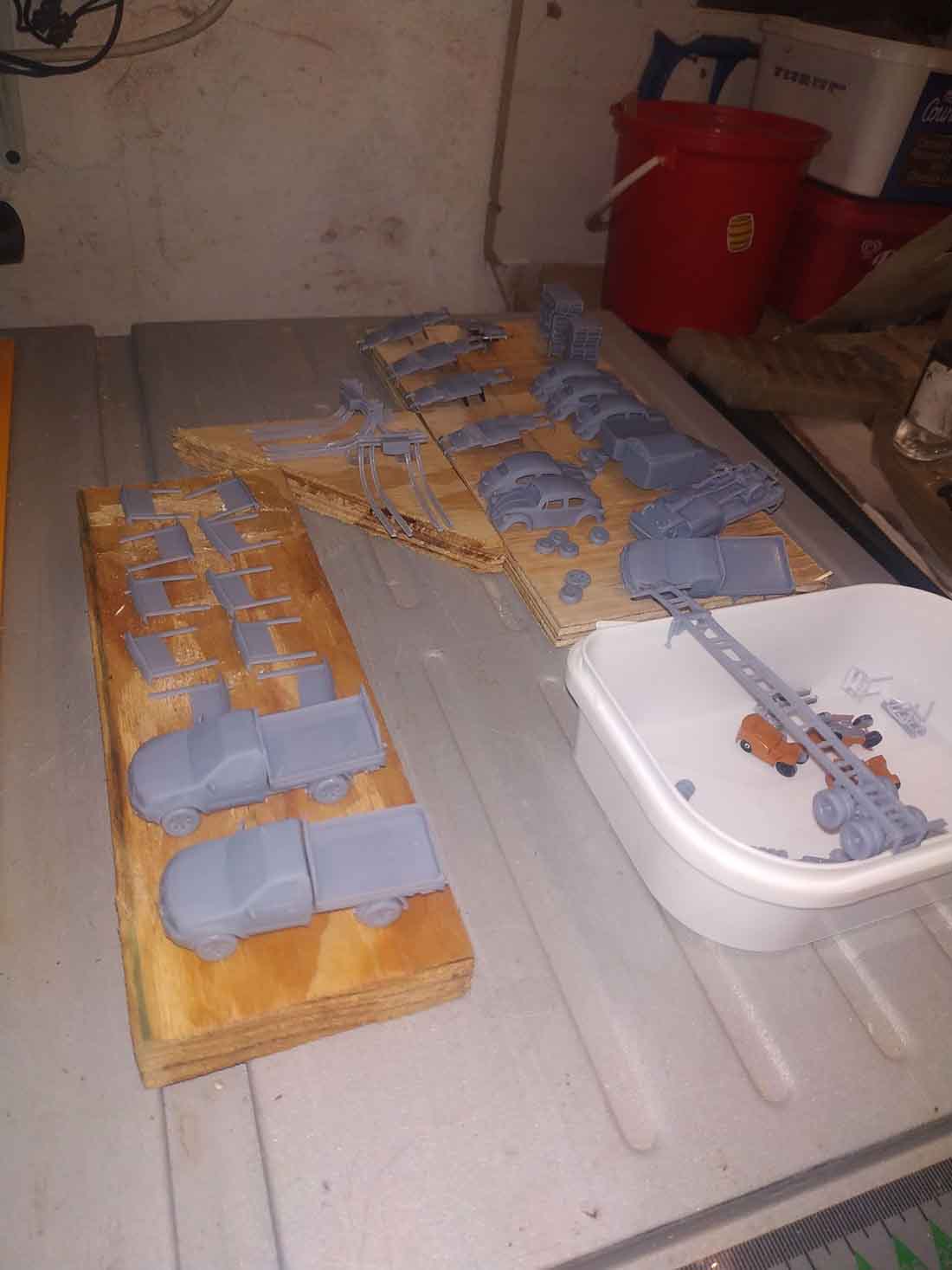
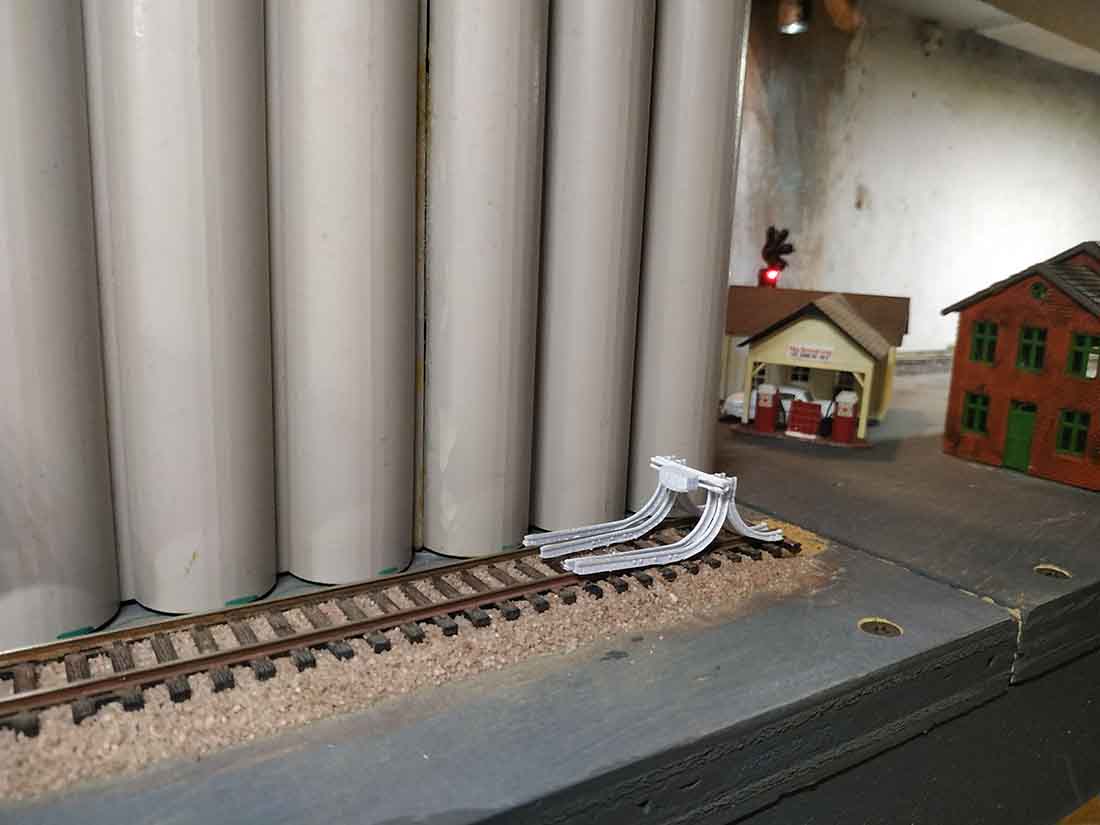
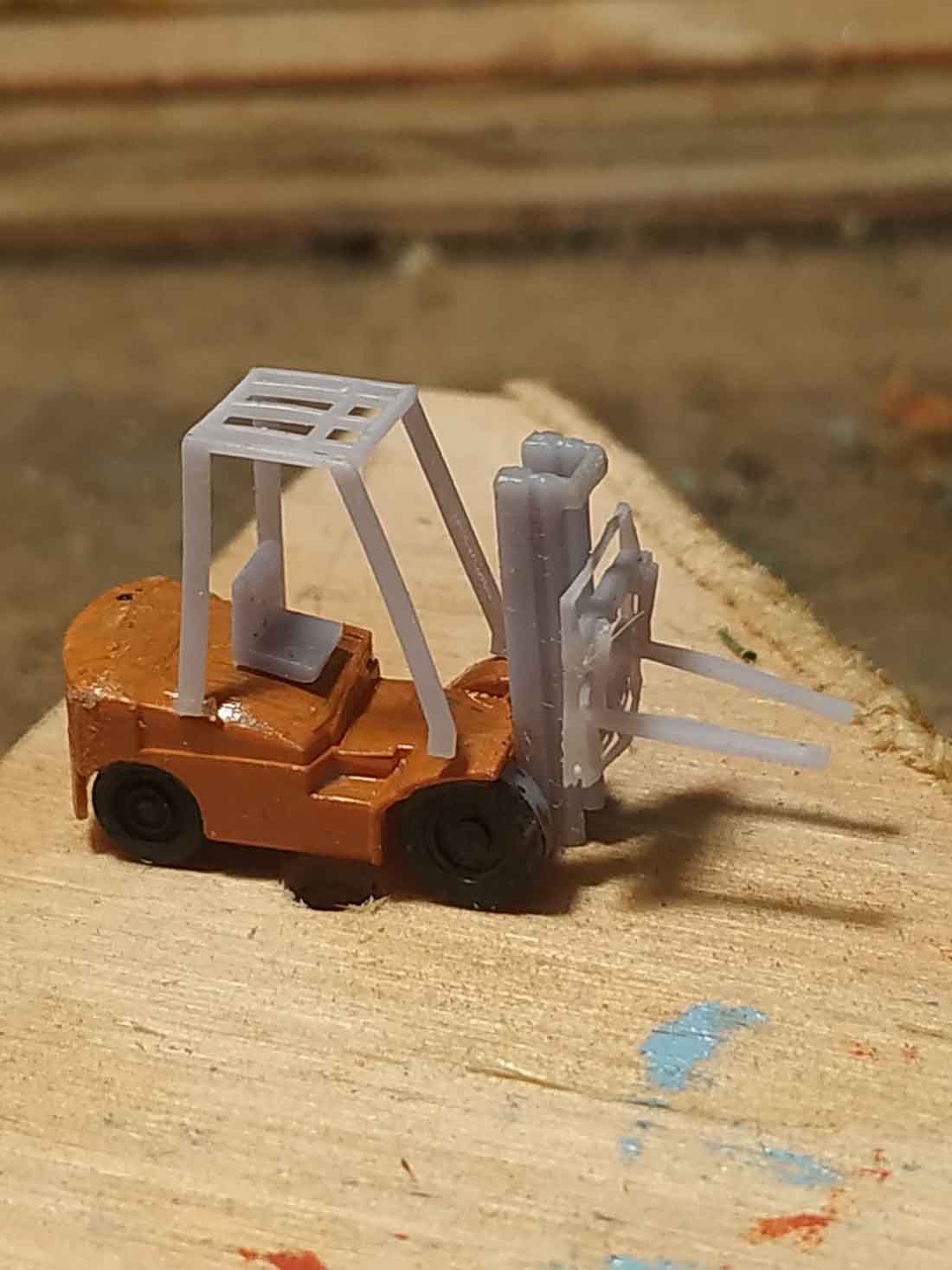
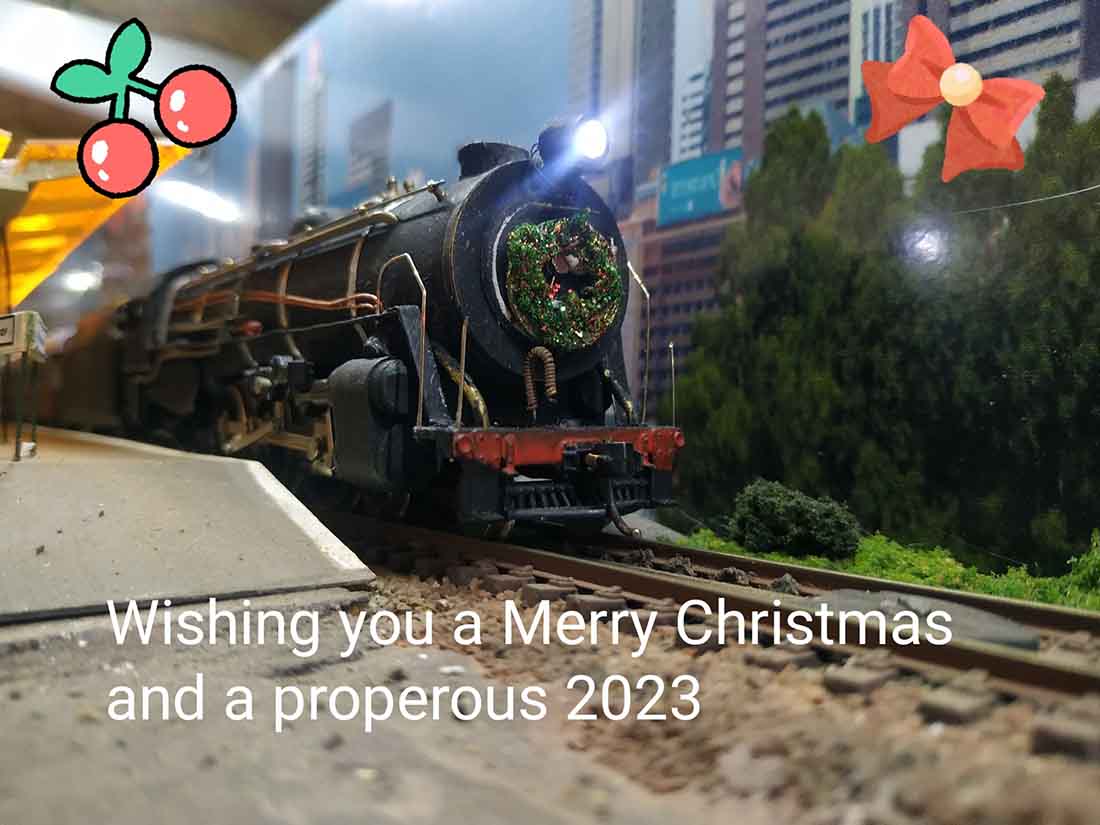
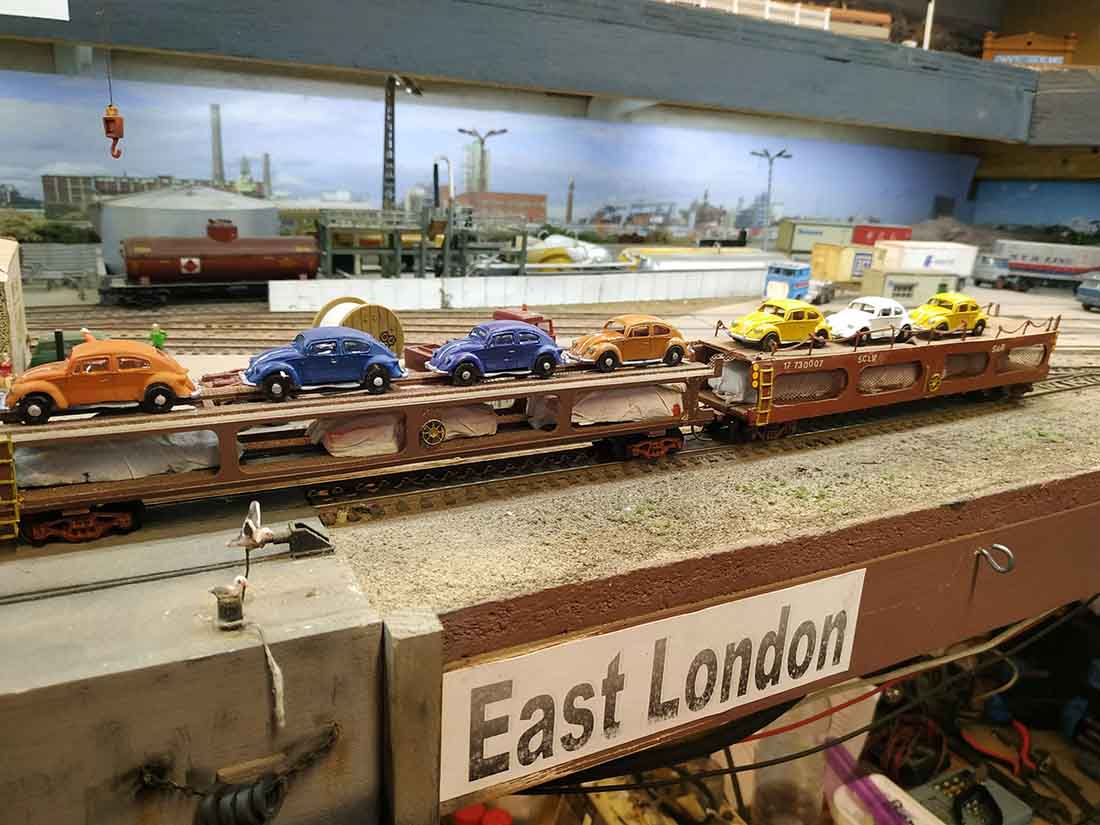
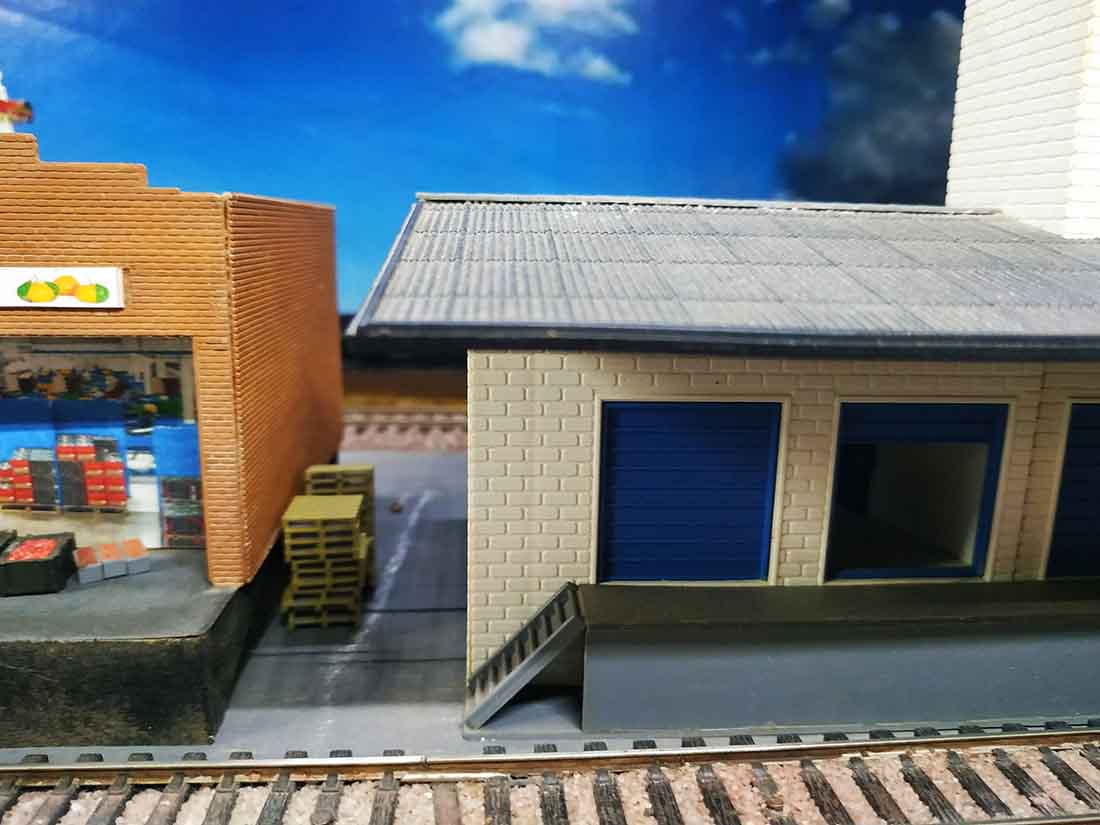


A nice layout you have built there Henry …and Robb your precision work for the n scale is well done …Dangerous Dave
Great layout Henry. I like your idea of avoiding damage to your signals if accidentally bumped. I have had problems knocking things around on my layout at times. The greatest thing about model train layouts is they are never done. You can always find things to improve as you go along. Thank you, Henry.
Rob – Farland Howe
Rob
Much thanks for the video. One always gets something out of these videos especially from the masters.
Henry
Great video also. Quite a layout and great planning.
What brand of 3D printer was purchased?
What software is used for design before sent to printer?
Russel, I bought a Creality Halot 1 resin printer, and I use tinkercad for designing my own items, otherwise, I download from thingiverse, CG Trader and others.
Rob, Thank you for the compliment.
Is it possible to put a double crossing in a dogbone layout like this and wire in an auto reverse at both ends?
Chris, I am not sure what you mean by a ‘double crossing’, but you can use an auto reverse wherever you want. If you mean tracks crossing I would think so, but you would have to insure trains cannot collide.
Rob McCrain – Farland Howe
I guess you could use this N scale curve radius video for HO scale too. All you have to do is double the Measurements. Am I correct? Thank you for this video.
Thie method of determining curve clearances used in the video is appropriate for all scales.
Rob McCrain – Farland Howe